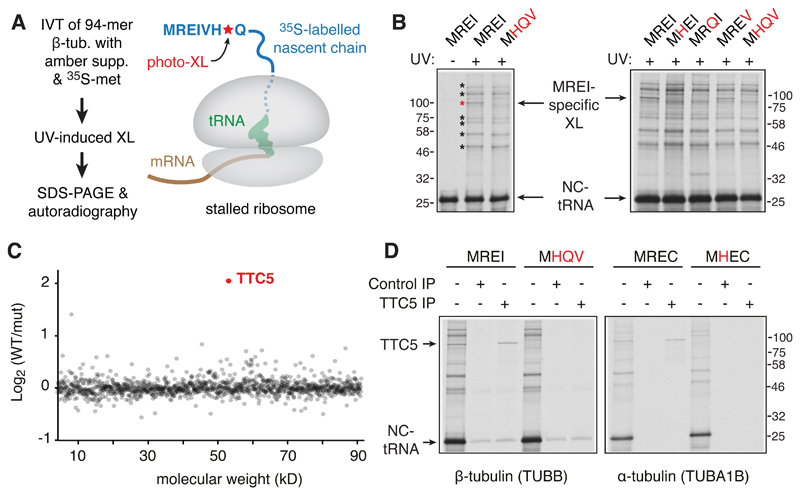Fig. 1. TTC5 interacts with the N-termini of nascent tubulins.
(A) Experimental strategy to detect interaction partners close to the N-terminus of nascent tubulin. The UV-activated crosslinking amino acid p-benzoyl-l-phenylalanine (Bpa) is introduced site-specifically at position 7 using amber suppression (see fig. S1). (B) Photo-crosslinking analysis of 35S-labelled 94-amino acid long ribosome-nascent chain complexes (RNCs) of human β-tubulin and mutants (indicated in red) in the N-terminal MREI motif. The positions of non-crosslinked tRNA-associated nascent chain (NC-tRNA) and a crosslinking partner specific to wild type tubulin (red asterisk) are indicated. Other nascent chain crosslinks agnostic to the MREI motif are indicated by black asterisks. (C) Quantitative mass spectrometry of proteins co-purified with wild type (WT) versus MHQV mutant (mut) β-tubulin RNCs plotted by molecular weight. (D) Photo-crosslinking and immunopreciptation (IP) analysis of 35S-labelled 94-amino acid long RNCs of α- or β-tubulin compared to the indicated mutants.

